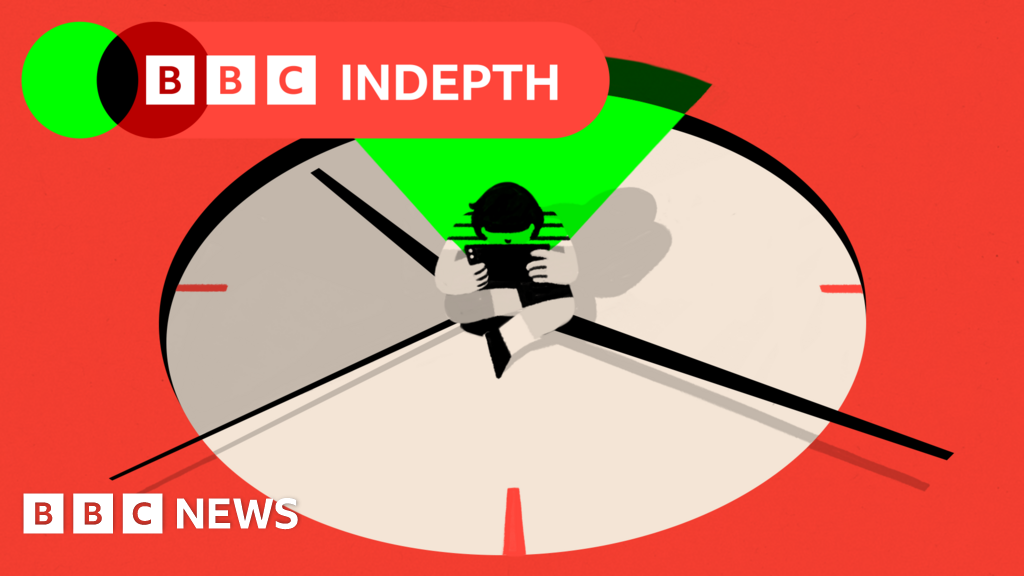
Minneapolis’ Natural Upzoning Experiment
Editor’s note: This post first ran on the Metropolitan Abundance Project blog and is reprinted with the author’s permission.
In 2018, Minneapolis advocates won big when the city passed its 2040 Comprehensive Plan, a comprehensive suite of pro-housing reforms to land use and zoning. Most famously, the Minneapolis 2040 comprehensive plan allowed duplexes and triplexes in all residential neighborhoods.
But the duplex and triplex provisions of the plan haven’t led to much new housing. In fact, researchers and journalists have found that these rules have hardly affected Minneapolis housing development. Since 2013, developers have built only a few dozen two- to three-unit buildings under 2040 Plan rules.
But this does not mean that Minneapolis’ zoning reforms failed. While developers have built relatively few duplexes and triplexes since the 2040 Plan’s passage, they have built quite a lot of other multi-family housing in lower-density neighborhoods — it just happens to be the case that most of these projects are larger than three units. Rather than proving their inefficacy, Minneapolis’ success reaffirms the promise of well-executed “missing middle” zoning reforms.
The below map (Figure 1) shows where Minneapolis builders have added this new housing between January 2020 and August 2023. The shaded-in areas previously allowed only single-family homes or duplexes. In these areas, the dots show new housing that has received building permits from Minneapolis — purple for 1-3 unit buildings and blue for buildings with four or more units. The 4+ unit buildings sum to 1,006 housing units. (Note that not every permitted unit ultimately gets built, but the existence of a permit at least shows that developers initially deemed the project to be feasible.)













